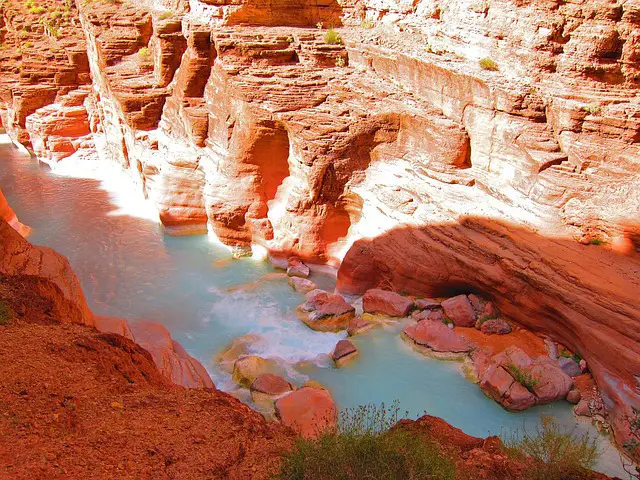Rock climbing is a thrilling sport that combines physical strength, mental endurance, and a passion for adventure. Whether you’re scaling indoor walls or tackling outdoor crags, what you wear can significantly impact your experience. The right clothing and gear not only enhance performance but also ensure safety and comfort. So, what should you wear rock climbing? This article delves deep into the essential attire and gear choices for rock climbers of all levels.
Why is Choosing the Right Climbing Attire Important?
Proper climbing attire plays a crucial role in your overall climbing experience. It can make the difference between a comfortable ascent and a challenging struggle. Here’s why:
Freedom of Movement
Climbing demands a wide range of motion, from stretching your arms high above your head to pushing off with your feet. Clothing that restricts movement can hinder your ability to perform these critical actions effectively.
Comfort
Long climbs can be grueling. Uncomfortable clothing can add to the challenge, causing distractions and fatigue.
Safety
Ill-fitting or inappropriate attire can also pose safety risks. Loose clothing can get caught in gear, and unsuitable shoes can lead to slips and falls.
What Should You Wear Rock Climbing?
When planning your climbing outfit, consider the type of climbing and the environment. Here are some essential items:
Climbing Shoes
Perhaps the most critical piece of climbing gear, climbing shoes provide the grip and support needed to navigate various surfaces. Look for:
– **A snug fit**: Climbing shoes should fit tightly but not painfully so.
– **Downturned toes**: For steep climbs, shoes with downturned toes offer better grip.
– **Good rubber**: The quality of the rubber affects the shoe’s grip. Softer rubber is stickier but wears out faster, while harder rubber lasts longer but offers less grip.
Climbing Harness
A climbing harness is essential for safety, especially in roped climbing scenarios. Features to look for include:
– **Adjustability**: Ensure the harness can be adjusted to fit snugly around your waist and legs.
– **Comfort**: Padding can make a significant difference, especially during long climbs.
– **Gear loops**: These loops are useful for carrying additional equipment like carabiners and chalk bags.
Clothing Layers
The weather can vary dramatically depending on your climbing environment, so layering is essential:
– **Base Layer**: Opt for moisture-wicking materials like merino wool or synthetic fabrics to keep sweat off your skin.
– **Mid Layer**: A lightweight fleece or softshell jacket provides warmth without adding bulk.
– **Outer Layer**: For outdoor climbs, especially in unpredictable weather, a waterproof and windproof jacket is crucial.
Pants or Shorts?
The choice between pants and shorts often boils down to personal preference and the climbing environment.
– **Shorts**: Offer more freedom of movement and are ideal for indoor climbing or warm weather.
– **Pants**: Offer protection against scrapes and are suitable for colder conditions or outdoor climbs.
Look for stretchy, durable fabrics that won’t restrict movement.
Chalk Bag and Chalk
Climbers use chalk to keep their hands dry and improve grip. A chalk bag allows easy access while climbing and usually comes with a waist belt or can be attached to your harness.
Helmet
Safety helmets are crucial, especially for outdoor climbing where falling rocks can be a hazard. Look for helmets that are lightweight, well-ventilated, and can be adjusted for a secure fit.
Additional Accessories
A few additional accessories can also enhance your climbing experience:
Climbing Tape
Used to protect your fingers and hands from cuts and abrasions, climbing tape can also support injured joints.
Belay Glasses
These prism glasses allow belayers to watch their climbers without straining their necks.
Sunscreen and Insect Repellent
Outdoor climbers should always carry sunscreen to protect against UV rays and insect repellent to ward off bugs.
Hydration Pack
Staying hydrated is crucial. A small hydration pack can be worn comfortably and allows you to drink without using your hands.
Conclusion
Knowing what to wear rock climbing can significantly improve your experience, making it safer, more comfortable, and even more enjoyable. From choosing the right shoes and harness to layering your clothing based on the environment, each piece of gear and attire plays a vital role. So next time you head out for a climb, remember these tips to gear up appropriately and focus on conquering the heights.
By investing in the right climbing attire and accessories, you can focus on the thrill of the climb, knowing you’re prepared for whatever challenges come your way. Happy climbing!




